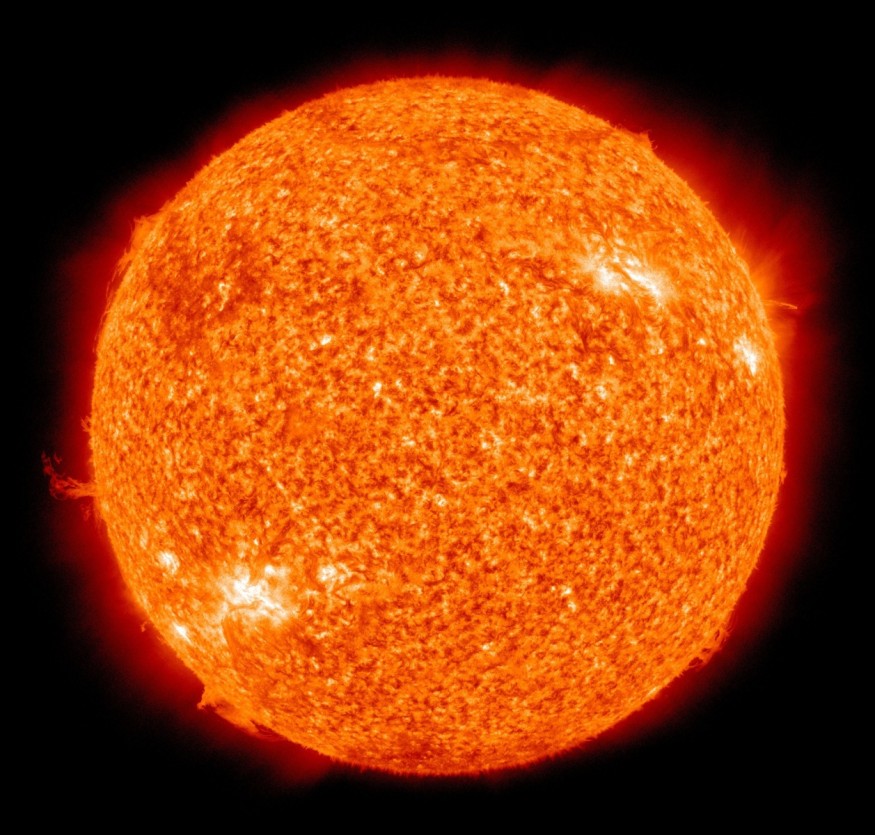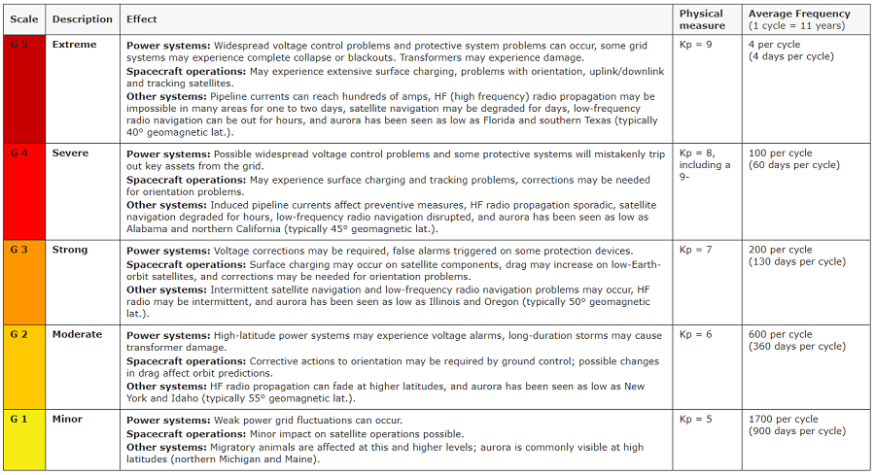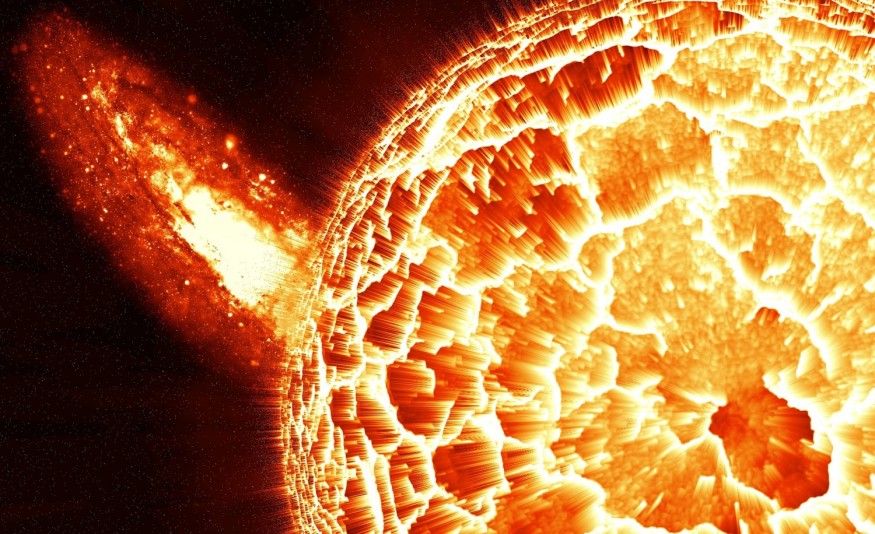A stream of swift solar wind has begun to strike the Earth today, with G1-class geomagnetic storm conditions expected tomorrow, according to the National Weather Service's Space Weather Prediction Center (SWPC).

A geomagnetic K index of 4 is anticipated anytime between 1345 and 2359 UTC on June 15, according to the SWPC. In a warning notice released today, the SWPC stated, "Area of Impact predominantly poleward of 65 degrees Geomagnetic Latitude." It's possible to get induced currents and mild power grid variations. This evening, the Aurora Borealis, commonly known as the "Northern Lights," may be seen in high latitudes such as Canada and Alaska.
G1 Geomagnetic Storm

On Wednesday and Thursday, a G1 Geomagnetic Storm Watch is in force, with G1-Minor conditions probable. The SWPC expects the geomagnetic storm conditions will have passed by Friday. The effect region of this geomagnetic storm is largely poleward of 60 degrees geomagnetic latitude. On Earth, induced currents and mild power grid oscillations are possible, whereas small effects on satellite operations are likely above the Earth. According to the SWPC, the aurora may be observed in high latitudes, such as in Michigan and Maine in the continental United States.
Similar Space Weather
SWPC issues Alerts, Watches, and Warnings to the general public on what to anticipate from Space Weather, similar to the bulletins issued by the National Weather Service local forecast offices. These advisories indicate the severity of solar activity that might have an effect on the Earth's environment.
The National Weather Service's Space Weather Prediction Center keeps an eye on this developing space weather event. While the National Oceanic and Atmospheric Administration (NOAA) and its National Weather Service (NWS) are best recognized for their weather forecasts, they are also in charge of "space weather." While commercial firms and other organizations monitor and forecast space weather, the Space Weather Prediction Center is the primary source for space weather alerts and warnings (SWPC).
Related Article : Expert Warns 'Situation Worse than Covid' if Government Ignores Solar Flare Defense
SWPC

The SWPC is a service center of the NWS, which is part of NOAA and is based in Boulder, Colorado. The Space Weather Prediction Center is one of nine National Centers for Environmental Prediction (NCEP) that track current space weather activities around the clock, 365 days a year.
Previous Solar Activities

The solar outburst predicted for this week is one of many that have lately touched Earth. On May 25, the Earth was struck by a geomagnetic storm. On May 22, a powerful solar flare interrupted radio transmission. On May 18 and 19, Earth was hit by a geomagnetic storm, which resulted in a spectacular aurora over northern latitudes. On May 14, a coronal hole produced the incident. One of the greatest geomagnetic storms to hit Earth in a long time struck on May 12, prompting the Space Weather Prediction Center to issue a G3 - Strong - Geomagnetic Storm Warning. On May 2, a solar wind at a speed of 1,118,468 mph collided with Earth.
Also Read : Rosetta Eruption May Help Scientists Learn More About Solar Eruptions, Flares, And Storms
For more solar news, don't forget to follow Nature World News!
© 2025 NatureWorldNews.com All rights reserved. Do not reproduce without permission.





